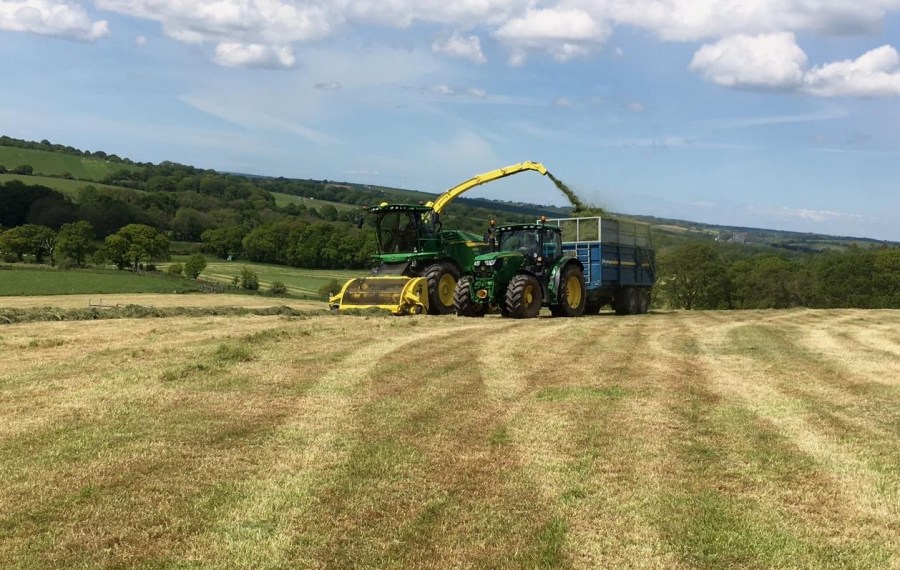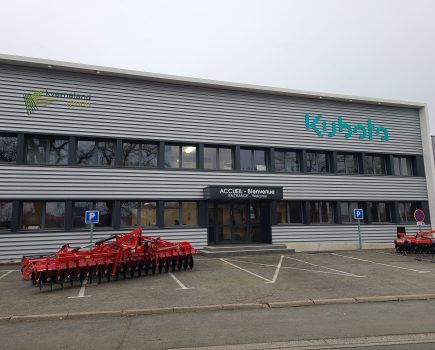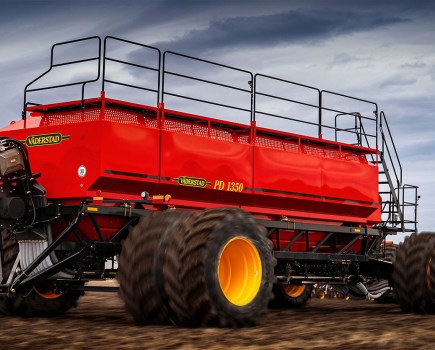Sensors on forage harvesters could play an important role in increasing grass yields to 20 to 25t/ha of dry matter a season.
That is one of the findings from ADAS’ Grass Yield Enhancement Network (Grass YEN). Running for three seasons, from 2018 to 2020, and involving over 25 farmers, Grass YEN has demonstrated that the UK has an ideal environment for achieving such high yields. However, farmers generally achieve less than half of this potential and few accurately measure yields on a regular basis, particularly of conserved grass.
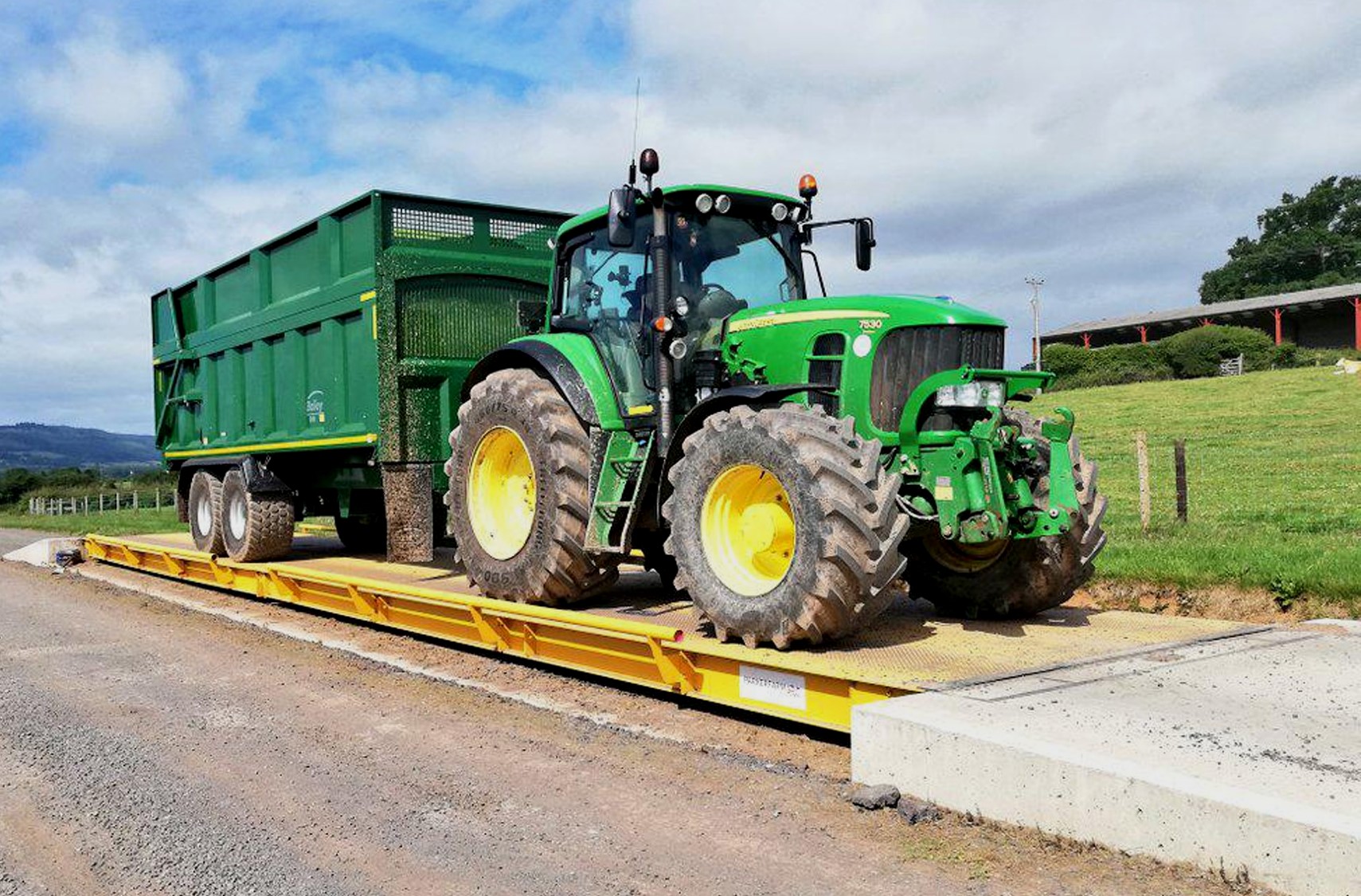
Counting and weighing silage trailers on a weighbridge was one of the five testing methods used during the ADAS Grass YEN field trials.
ADAS tested five methods to help farmers identify the most accurate and time efficient way of measuring grass; counting and weighing silage trailers on a weighbridge; a John Deere HarvestLab equipped self-propelled forage harvester; manually weighing lengths of cut swath; weighing multiple quadrats; and a Haldrup small plot forage harvester.
In 2019, the tests were carried out on first and second cut silage in three fields totalling just over 13ha with a John Deere 8100i on the Rothamsted Research Farm at North Wyke, Okehampton in Devon.
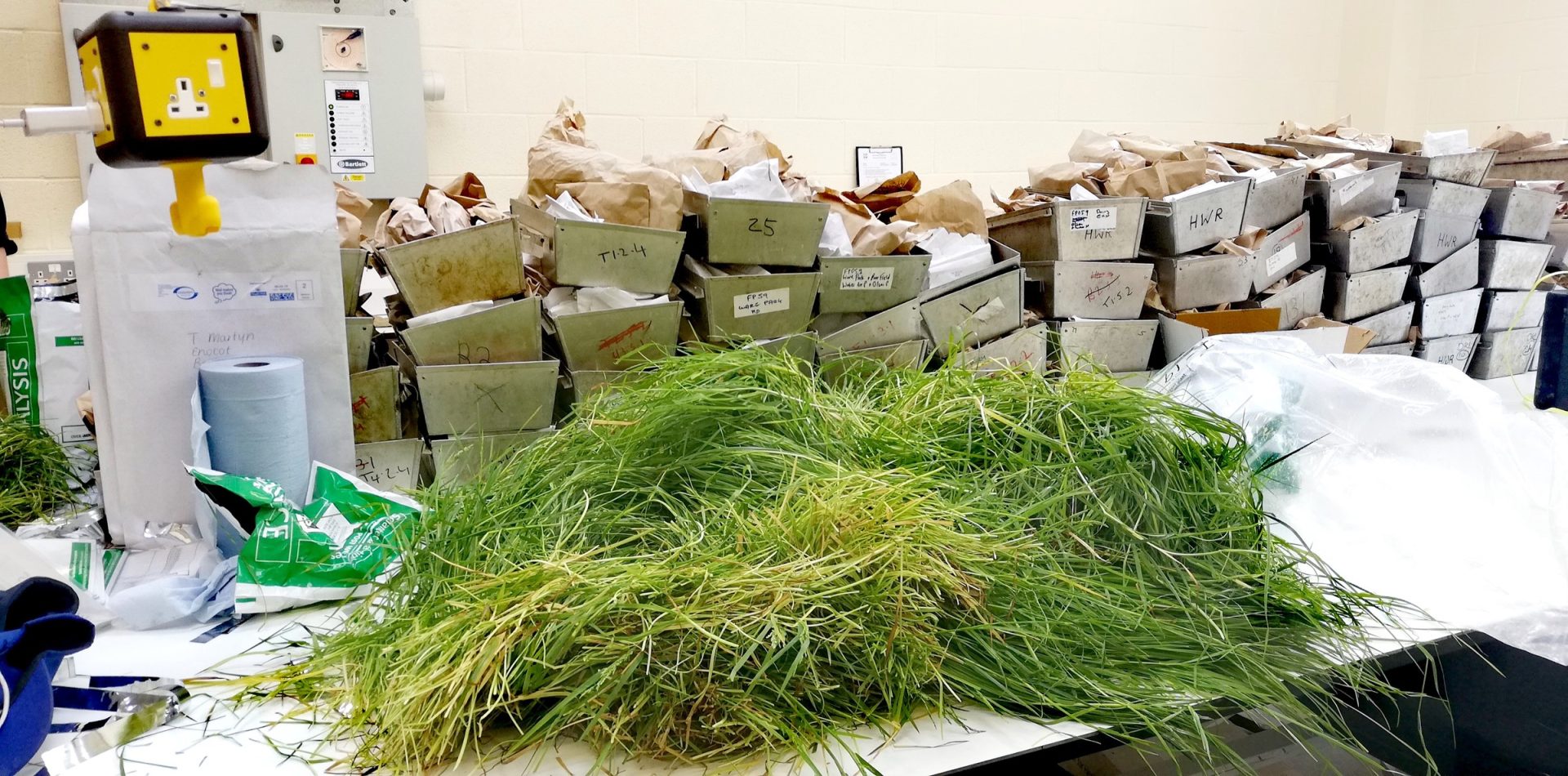
Grass samples being weighed and prepared for lab analysis at Rothamsted.
This season, a 9600i harvested second and third cut silage in three fields totalling just over 39ha at Wigley near Ludlow in Shropshire, farmed by R Gough & Son.
The focus for this year’s work was on testing grass quality. Samples from all five methods were sent to a commercial lab for fresh grass near-infrared spectroscopy (NIRS) analysis of dry matter content, crude protein and metabolizable energy. Dry matter content was also measured by ADAS directly by oven drying each sample.
The HarvestLab dry matter sensor fitted to the forager’s chute also uses NIRS to determine the same constituents, taking 4,000 measurements per second at the point of harvest to accurately measure both grass yield and quality. Timewise, the forager was the most efficient method. In total over 200 grass samples were tested.
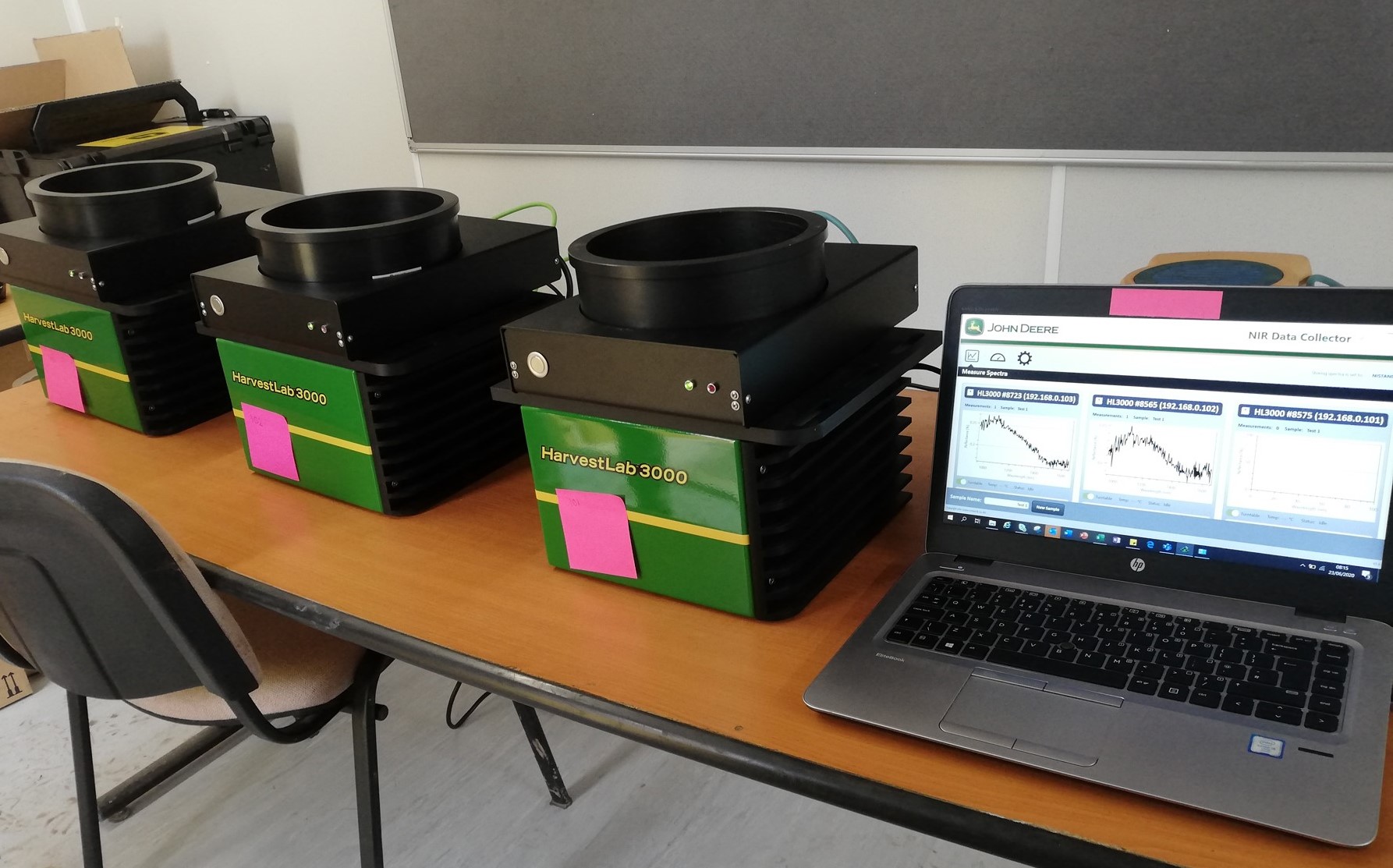
The HarvestLab 3000 NIR sensor can be removed from the forager chute and used for stationary analysis.
“The Cereals YEN programme is making good progress in understanding what management and environmental factors are important for achieving high yields,” adds ADAS head of crop physiology Dr Pete Berry.
“To make similar progress with forage crops, we need accurate methods of measuring yield automatically that don’t require too much extra leg work. Forage harvesters with yield mapping technology can provide this.”

